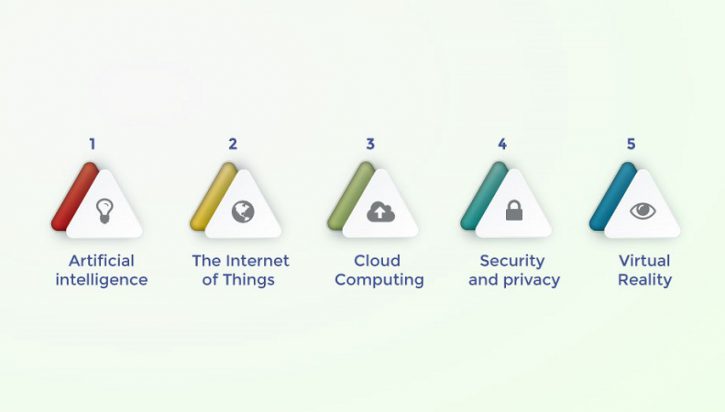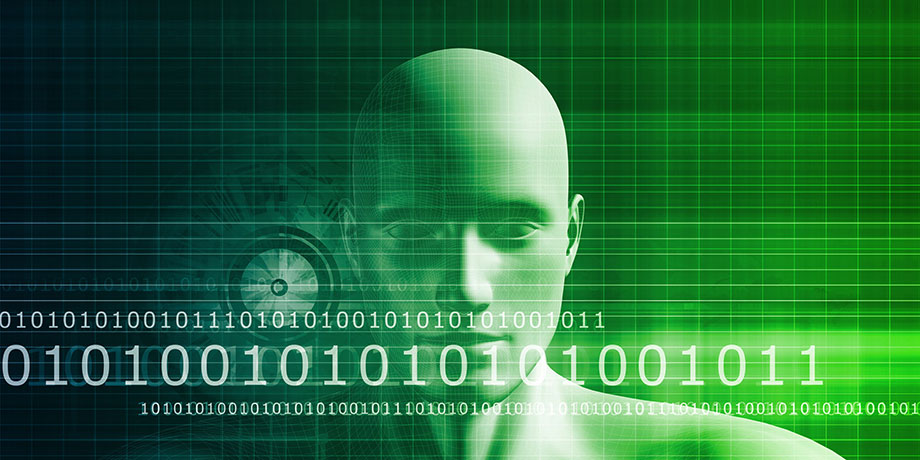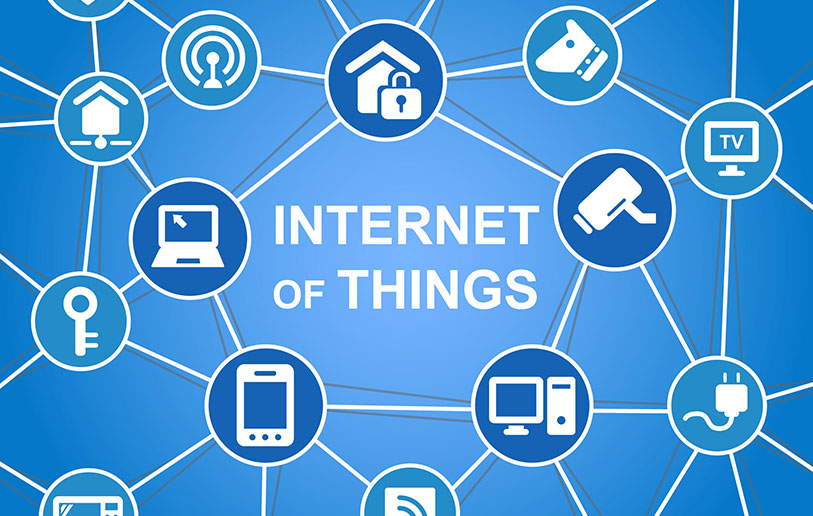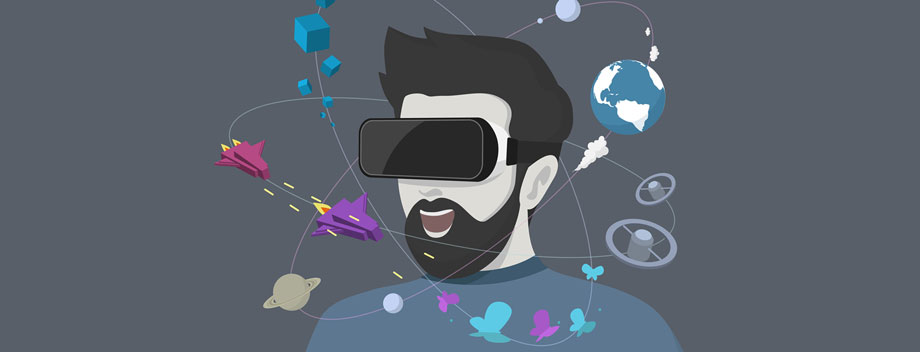
5 Emerging Trends Software Developers Should Watch in 2017
The technological world is a fascinating, ever-evolving area that is, in effect, constantly changing our lives.
Things are changing rapidly in such a short time that it’s no wonder some of us are struggling to keep up. For those of us in the software technology industry, it’s always important to keep your ear to the ground and stay up to date with what’s happening and what the future may hold.
This article will go into a few areas related to software development that you’ll likely see some major changes in over the next 1-2 years.
1. Artificial Intelligence (AI)
Like many modern, developing software technologies, Artificial Intelligence will conceivably change many aspects of our lives in the future. In fact, it is already being used in many ways today to assist us in decision-making processes and improve efficiency.
Interestingly, AI is now being used to assist some web development companies to deliver quality products to their clients. While still in its early stages, the idea is here is to streamline DIY web design; removing a lot of the legwork for clients and having an AI fill in the blanks according to their needs.
The client will provide information and answer questions about what they envision for their website, and the AI system computes this data, applies it to an algorithm and produces design options that the client can choose from.
In theory, this means the client spends significantly less time working on the website themselves, manually structuring the website elements and content, or even coding parts of the website if applicable.
Used by a number of global DIY website design brands, the results have been mixed in the early stages, as you would expect. But this technology is certainly something to keep an eye on in the coming year.
Related article: How AI Is Changing the Future of AdWords
2. The Internet of Things (IoT)
This technology essentially refers to a system of interconnected devices that speak to each other in real time, collect data and function as a single system.
A good example of IoT is how it is used in the environmental science industry, where various tools and equipment are used to measure the quality of water and soil, animal behaviour and general atmospherical conditions.
When collected over a large area, this information can give environmental scientists a big picture view of how the environment is changing.
With things rapidly developing in the area, it’s not surprising that this is predicted to be one of the most important technologies available in just a few years. In fact, IoT is expected to grow eight times over by the year 2022, which demonstrates how practical this kind of system can be.
IoT has application in just about every industry and is already used in the fields of transportation, energy management, building and transportation, to name a few.
Interestingly, more than 40% of organisations have reported that they expect to start using IoT in some form over the next 12 months.
3. Cloud Computing
Most Australians are using cloud computing in some manner today, whether in their personal lives or at work. Put simply, the cloud is a physical infrastructure, a network that allows information to be stored and shared between any number of devices, rather than on a single one. It allows us to access our digital files from anywhere.
This technology is developing too, in fact, 85% of the software being built today is for cloud computing and about 60% of companies have spent at least 10% of their budget on these services.
Further, it is predicted that in 2017, the cloud industry is going to generate revenue in excess of $250 billion.
There is a feeling that hybrid clouding computing will become the norm, allowing enterprises to maintain a private cloud on their own behalf, while also utilising public cloud services.
The idea here is that users get the benefits of public cloud systems that can support an unpredictable, heavy traffic level while still having the control and security that comes with a private cloud.
4. Security and Privacy
Security online is problematic at present, for a variety of reasons. It is predicted that hacking and online crime costs companies upwards of $400 billion yearly, a staggering figure that accounts for 0.8 percent of the world’s total GDP.
When you consider that efforts to control the illegal drug globally make up 0.9 percent of GDP, you can see how much of a problem this has become.
Part of the issue has been that solutions are generally found only after security breaches have been made; hackers will find a weakness and exploit it before developers even know that the weakness exists. Further, tracking down cybercriminals can be very difficult, and the best are rarely caught if at all.
However, developments are constantly being made and while a genuine solution to this problem may be a long way off – if such a solution exists at all – technological advancements are being made to battle cybercrime and security will no doubt see improvements.
For instance, it is predicted that the use of passwords will be reduced by more than 55% by 2019 as voice recognition and other biometric software technology develops.
Given that a lot of cyber-attacks come from password related breaches, this may well be a significant milestone in internet security.
At the same time, it is predicted that the introduction of the Internet of Things will present problems, given that it’s still in its early stages and will forward.
5. Virtual Reality
Once a concept only truly explored in science fiction, virtual reality is on the cusp of becoming a part of everyday life. It is predicted that in 2018, total revenue for the sale of VR software and hardware alone will be in the ballpark of $US 5.2 billion, meaning a significant jump is expected between now and then.
At present, around 43 million people worldwide own a VR handset; this number is expected to rise exponentially from 2017.
When we refer to virtual reality, we are obviously talking about gaming and entertainment – feeling as if you are actually in the video game rather than playing it on screen. But this technology has application in a range of other industries including education and training.
Advances in virtual and augmented reality allow for more realistic simulations for military and medical training, for instance. VR also be used to some degree in film, media and sports viewing.
It’s not difficult to envision that in the future, the impact of virtual reality will drastically change all of our lives. Already, there are those that spend as much time in the virtual world of a video game as they do interact with the real world.
There will come a point where virtual reality can be used to simulate unimaginably realistic gaming experiences, and it remains to be seen if we will be ready for the consequences of this.
These existing technologies are sure to grow and evolve very soon, but it’s also going to be interesting to see what new innovations hit the market in the next 5 years.
You read a lot. We like that
Want to take your online business to the next level? Get the tips and insights that matter.






